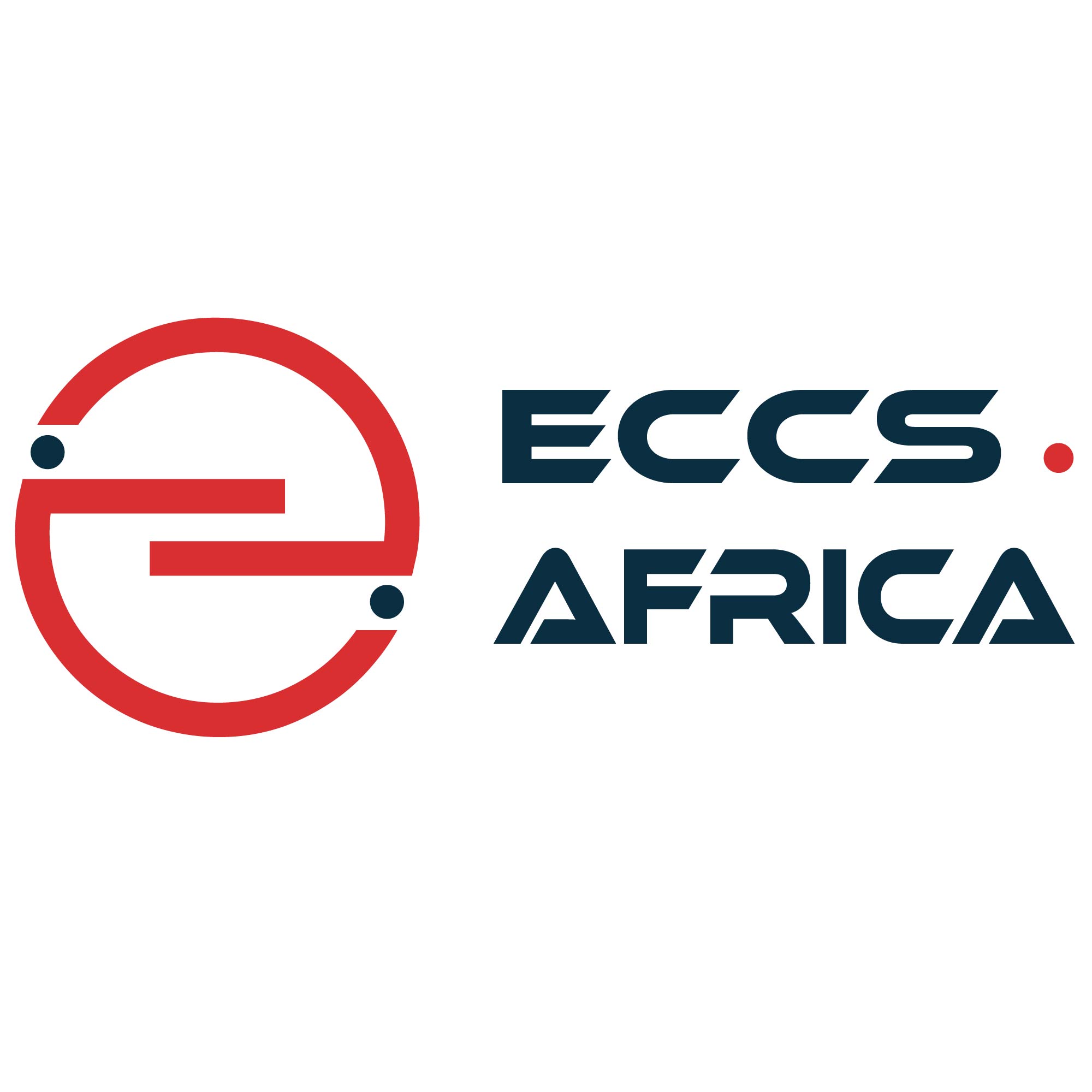Introduction to Microsoft Azure Red Hat OpenShift
Course description
Learn how to deploy, access, and perform basic customizations to an Microsoft Azure Red Hat OpenShift cluster.
DO121 teaches Platform Operators how to provision managed clusters by using Microsoft Azure Red Hat OpenShift and how to perform basic day-2 customizations on these clusters to onboard application developers and applications.
Following course completion, you will receive a 45-day extended access to hands-on labs for any course that includes a virtual environment.
Note: This course is self paced. Durations may vary based on the delivery. For full course details, scheduling, and pricing, select your location then “get started” on the right hand menu.
Course content summary
- Introduction to Managed OpenShift
- Identify prerequisites to create a Microsoft Azure Red Hat OpenShift cluster
- Access a Microsoft Azure Red Hat OpenShift cluster as an administrator and as a developer self-service user
- Connect a Microsoft Azure Red Hat OpenShift cluster to Red Hat Services
- Configure additional storage classes and configure log forwarding to Azure Monitor
- Create dedicated node pools and configure node autoscaling
Audience for this course
- IT Operations professionals such as System Administrators, Platform Operators, Cloud Engineers.
- Application and development infrastructure professionals such as Site Reliability Engineers and DevOps Engineers.
Recommended training
- All students must be knowledgeable of Microsoft Azure, including operating and managing Azure compute, storage, and network resources.
- For students that are new to Red Hat OpenShift it is recommended that you learn the fundamental skills of managing Red Hat OpenShift clusters, before taking DO121, from the following courses:
- Students with previous experience managing Kubernetes clusters are advised to take DO180 and DO280 before taking DO121 or at least acquire foundational skills operating Red Hat OpenShift clusters by using the following free resources from Red Hat:
Technology considerations
- Internet access is required to access Azure cloud services using the Azure Portal and the Azure CLI. It is also required to access the Red Hat Hybrid Cloud Console and associated Red Hat cloud services.
- Students must possess an active Azure account with an associated payment method for the Azure resources consumed by Microsoft Azure Red Hat OpenShift clusters.
- Students must possess an active Red Hat customer portal account or a free Red Hat Developer program membership.
Outline for this course
Provision a Managed Azure Red Hat OpenShift Cluster
Create a Microsoft Azure Red Hat OpenShift cluster accessible through the internet.
- Introduction to Managed OpenShift Clusters
- Describe the relationship between the customer team and the cloud vendors SRE team regarding system administration of managed OpenShift clusters.
- Prerequisites to Create an Microsoft Azure Red Hat OpenShift Cluster
- Learn the different options to deploy Microsoft Azure Red Hat OpenShift clusters in public or private mode and prepare an Azure cloud account and a management workstation to create an Microsoft Azure Red Hat OpenShift cluster.
- Create an Microsoft Azure Red Hat OpenShift Cluster
- Create an internet-accessible managed OpenShift cluster using the Azure portal and inspect the cloud resources that compose an Microsoft Azure Red Hat OpenShift cluster.
- Access an Microsoft Azure Red Hat OpenShift Cluster as an Administrator
- Retrieve OpenShift cluster administrator credentials to access a managed cluster.
Configure a Managed Azure Red Hat OpenShift Cluster
Configure a Microsoft Azure Red Hat OpenShift cluster to be used for development purposes.
- Configure Developer Self-service Access to an Microsoft Azure Red Hat OpenShift Cluster
- Configure an identity provider that allows developers to access a managed cluster and create self-service projects to deploy unprivileged applications.
- Connect an Microsoft Azure Red Hat OpenShift cluster to Red Hat cloud services
- Connect a managed cluster to Red Hat cloud services and enumerate the benefits.
- Configure Additional Storage Classes
- Connect applications to the Azure disk type that matches their cost and performance requirements.
- Create Dedicated Node Pools
- Add a machine set to run applications that use different VM sizes.
- Configure Node Autoscaling
- Autoscale a node pool according to application load.
- Configure Log Forwarding
- Forward cluster and pod logs to Azure Monitor.
Impact on the organization
Microsoft Azure Red Hat® OpenShift® is a turnkey application platform that provides highly available, fully managed Red Hat OpenShift clusters on demand. Red Hat and Microsoft jointly engineer, manage, and support the platform, allowing organizations to increase operational efficiency, refocus on innovation, and quickly build, deploy and scale applications.
Red Hat OpenShift is the hybrid cloud platform that brings operational consistency to on-premises and cloud environments. Organizations using Microsoft Azure Red Hat OpenShift follow the same operational processes used by a self-managed Red Hat OpenShift Container Platform on their on premises data centers and deploy the same applications on any OpenShift cluster, be it a managed cluster or a self-managed one.
Impact on the Individual
After completing DO121, students can create Microsoft Azure Red Hat OpenShift clusters. Most day-to-day application and cluster administration tasks are performed the same way across Red Hat OpenShift products, so IT professionals apply the same skills in managing Red Hat OpenShift clusters to both cloud and on-premise environments.
Recommended next exam or course
Students are recommended to take the following courses before enrolling on DO121:
- Red Hat OpenShift I: Containers & Kubernetes (DO180)
- Red Hat OpenShift II: Operating a Production Kubernetes Cluster (DO280)
After completing DO121, students can proceed to additional operations and development training on Red Hat OpenShift, such as:

